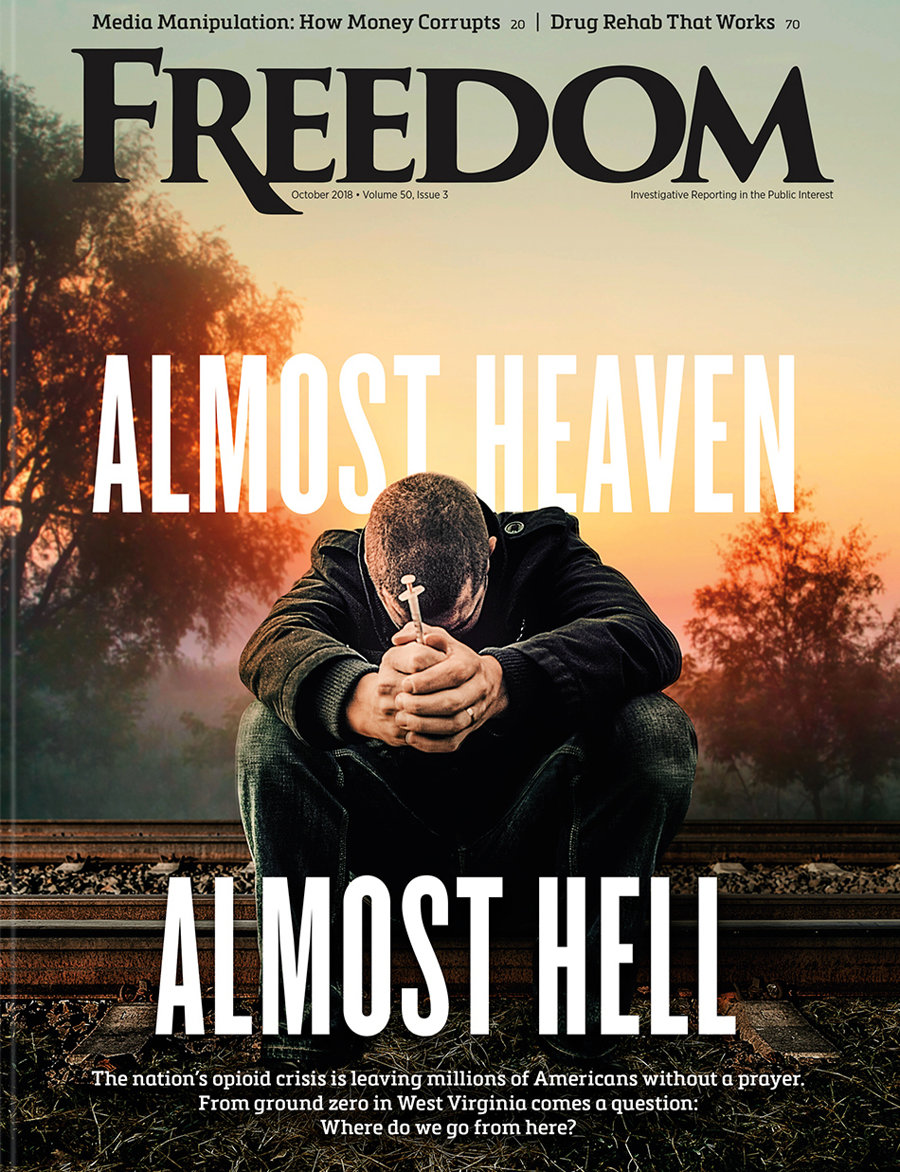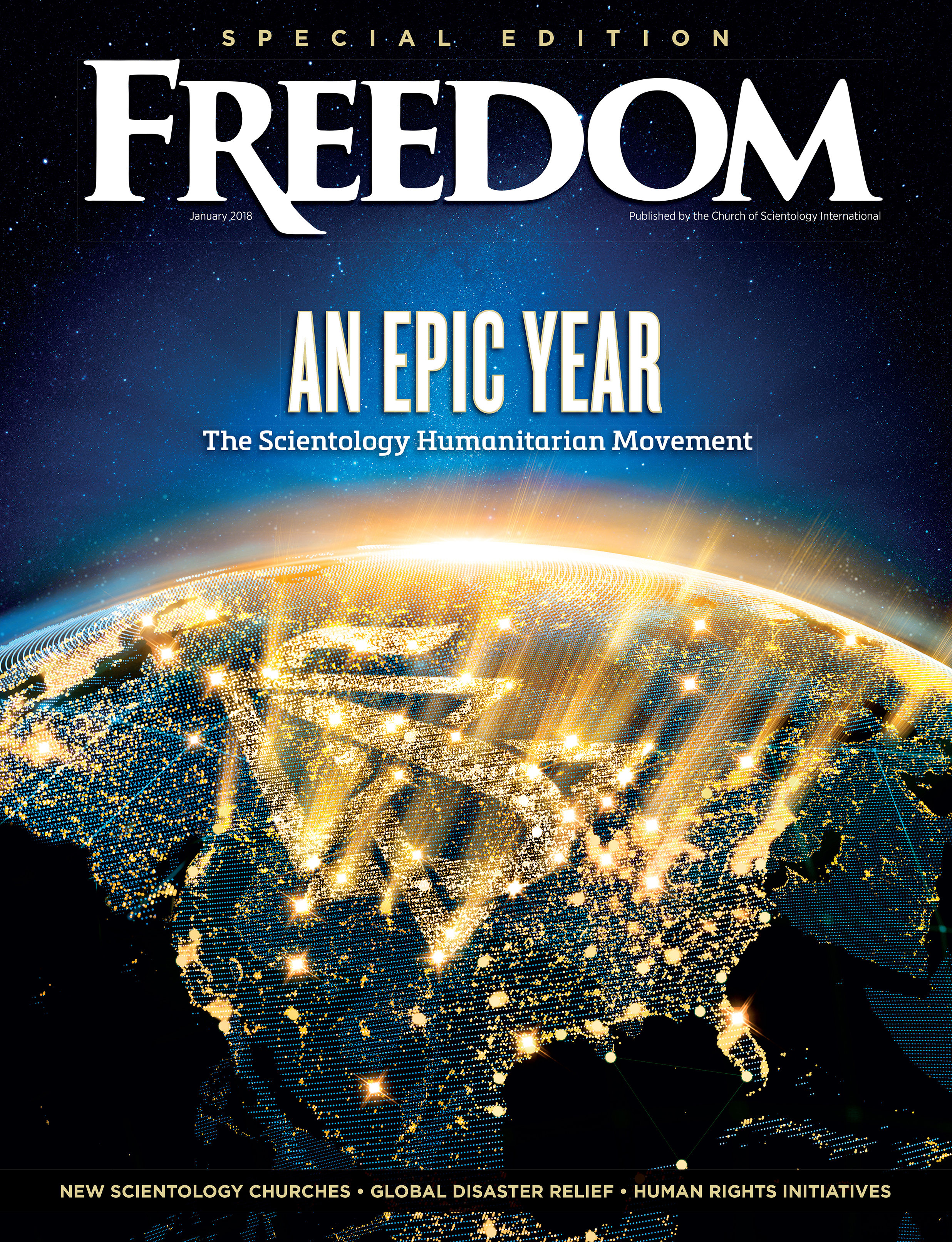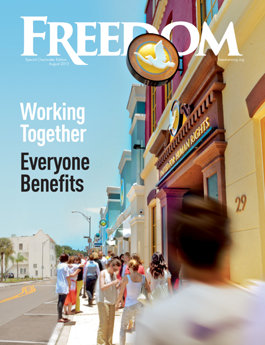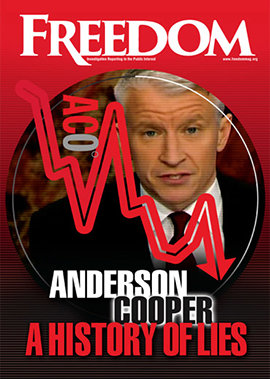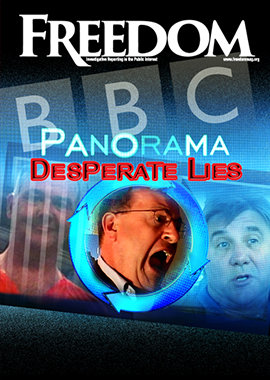Measured at a jaw-dropping 366 mg of MDMA, it marks a new threshold of danger in the synthetic-drug era.
According to an October 14 article in the Spanish newspaper Diario Córdoba, doctors, police and prevention advocates are sounding the alarm: This is no longer the ecstasy crafted for the dance floor. Rather, it’s the industrial-scale production of pills five times the strength seen 20 years ago.
The drugs borrow their names from symbols of death and fame—part of a growing underground trend to market danger as identity.
MDMA—short for 3,4-methylenedioxymethamphetamine—is a synthetic drug with stimulant and hallucinogenic effects widely consumed in recreational nightlife settings across Europe. The drug floods the brain with adrenaline, dopamine and oxytocin, said to be the neural messengers of euphoria and social connection. In high doses, however, that chemical surge can overheat the body, dehydrate users and trigger a potentially fatal reaction marked by hyperthermia and organ failure.
La Casa de Papel isn’t alone. Other high-potency tablets—brands like “Grim Reaper” (350 mg) and “Pop Smoke” (338 mg)—have turned up in various parts of the country, including Madrid, Málaga, Mallorca and Barcelona. The drugs borrow their names from symbols of death and fame—part of a growing underground trend to market danger as identity.
Data from the European Union Drugs Agency (EUDA) reinforce the alarm. The agency notes that large-scale MDMA production remains concentrated in the Netherlands and Belgium, with designer precursors—the chemical ingredients used to synthesize the drug—flowing in from China. EUDA warns that “high-strength ecstasy tablets, containing more than 250 milligrams of MDMA … pose a high risk to users.”
Today’s labs operate on an almost industrial scale—evoking, in their scientifically driven precision, the empire of Walter White, a fictional high school chemistry teacher from the 2008–2013 AMC series Breaking Bad, which made the crystal meth lab a cultural icon of moral collapse.
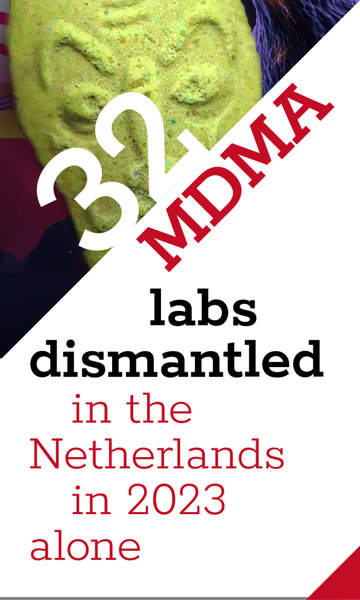
That MDMA supply chain reality has direct consequences for Spain’s cities, where pills once measured in tens of milligrams now come loaded with hundreds. Police in Spain warn that Mexican cartels are importing meth-style production techniques into Europe, and Spanish reports link the surge in pill potency directly to these organized crime networks. The visuals are grim: large clandestine laboratories churning out vast batches of MDMA, using heavy chemical equipment and waste barrels.
“Ever purer, ever stronger, ever more dangerous,” experts say, summing up the alarm running through the field. What explains the spike in strength? Police sources in Spain point to overproduction—“like the cocaine market, it’s saturated,” the Córdoba report notes—and fierce competition among dealers that drives potency up and standards down. Meanwhile, European data shows 32 MDMA labs dismantled in the Netherlands in 2023 alone, along with massive seizures of precursors, particularly from China.
Many users mistakenly assume ecstasy is familiar and safe—but pills above 300 mg tip users into infinitely more dangerous territory. Narcís Cardoner of Barcelona’s Hospital de Sant Pau explains that, while MDMA’s reputation as a “love drug” makes it appealing, the risk of consuming it multiplies when mixed with other stimulants, especially cocaine or alcohol.
The most immediate danger is dehydration—but the deadlier one lurks inside the brain. Known as serotonin syndrome, it occurs when an excess of serotonin caused by MDMA overwhelms the body’s heat-regulating system, as Cardoner put it. The result: fever, muscle rigidity and, in extreme cases, brain damage or death. “I’ve literally seen brains perforated by serotonin syndrome,” Cardoner said.
Spain’s crisis is a warning for all of Europe. As drug brands proliferate, the party drug of yesteryear is turning into a full-blown chemical frontier—where synthetic blends and shifting purity levels redefine risk itself. The trajectory eerily echoes Walter White’s Breaking Bad drug empire—once niche, now monstrous, a product that transforms the fantasy of crime-on-screen into real-world peril.
The true test lies ahead. A vital and urgent issue is whether public health, law enforcement and nightlife culture can adapt fast enough to keep pace with the factory-level chemistry now driving the crisis. Because when pills sold as “escape” are, in truth, agents of harm, the line between recreation and ruin was never there to begin with.






